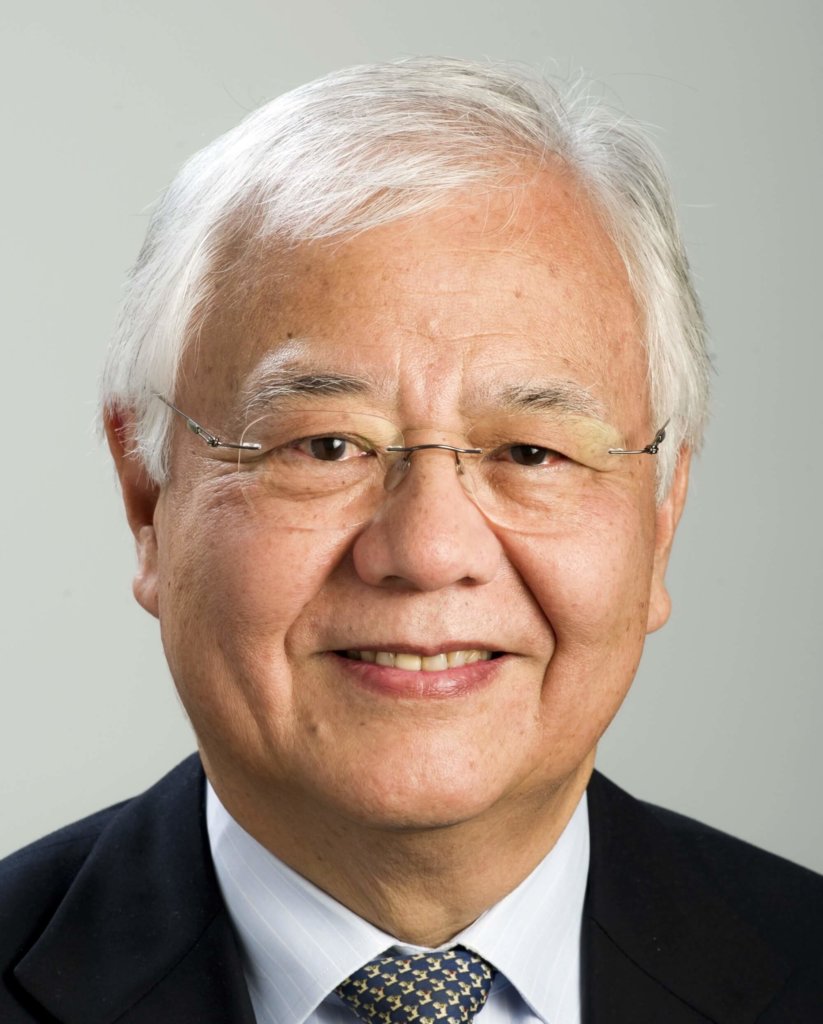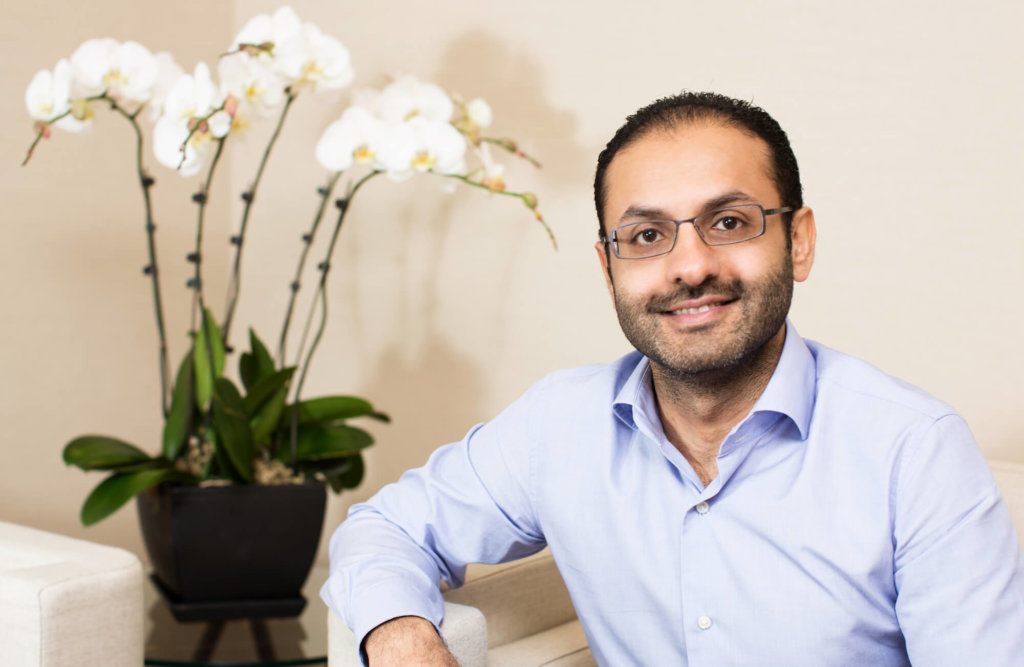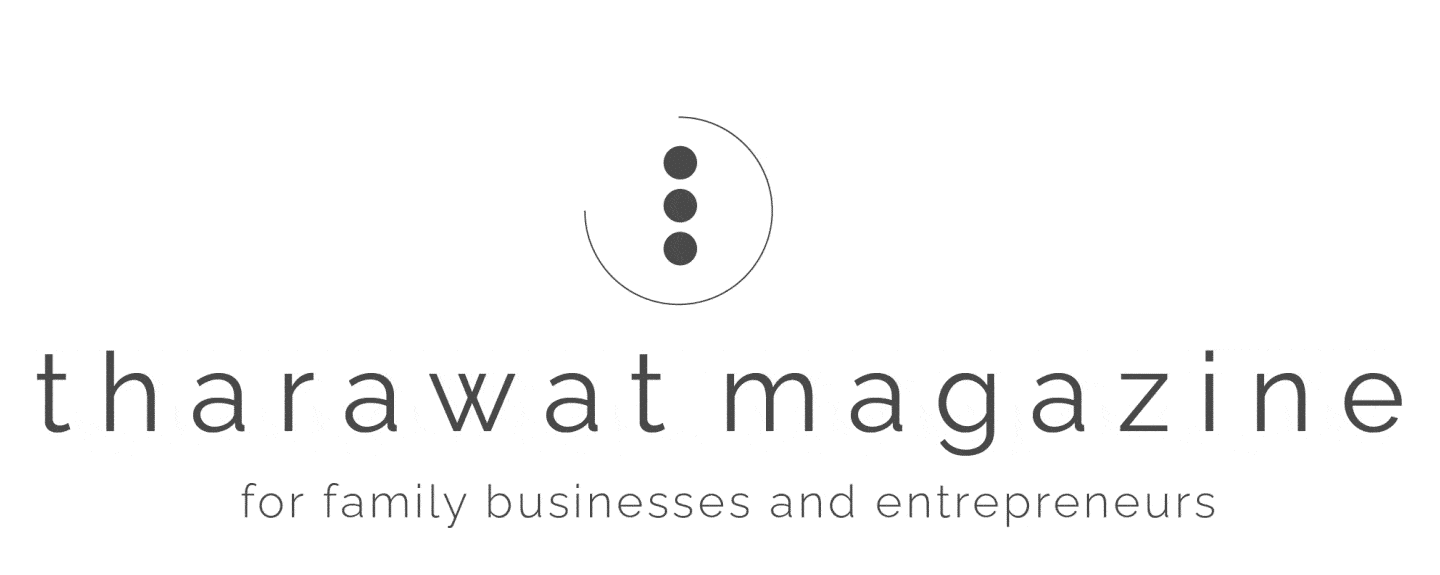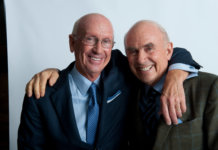Longevity in the family business is a continuing challenge. Statistically, by the end of the third generation, 90 per cent of family businesses have failed. The statistics also reveal a glaring incongruency in resource allocation: poor financial planning results in less than 15 per cent of these failures, but often family businesses spend most of their time, energy and capital on wealth planning.
The time has come to shift gears and focus on family wellbeing – the physical, mental, emotional and relational health of both the individual and the collective. Family wellbeing enables organisations to embrace what is with trust and calmness, making space for clarity in an environment defined only by continuous flux.

Each individual’s state of being determines how they show up on a day-to-day basis. Collectively, their performance is the performance of the family business. Their level of energy and strength, which translates to their long-term ability to persevere and be resilient, depends on their physical state. Their mental state decides their capacity to be present and engaged as they deal with challenges. The health of their emotional state allows them to remain calm, centred and nonreactive in the face of adversity.
Relational wellbeing is the foundational element of trust among family members, allowing for communication without imposition, expectation or judgment. For family business wellbeing, individual family members must invest the time and energy to develop physical, mental, emotional and relational health.

A Portrait of Family Business Failure
It was late Friday afternoon. Beatrice was still in her office, as were Frank and Zander, three second-generation owners of a garment manufacturer. Charles, the patriarch, was in his office directly beside Frank’s.
As she did most Friday afternoons, Beatrice walked down the short hallway, turning left toward Frank’s office. She took three steps towards his door, knocked once and then opened it before Frank had a chance to say, ‘Come in.’
Ten years younger than Frank, Beatrice categorically disagreed with Frank’s decisions. Whether it was painting the walls in the reception area or giving the shop foreman overtime hours for dropping off a piece of machinery on his way home, the siblings could not see eye to eye.
Their arguments often became so loud that their father, who was 78 years old and nearly deaf, was compelled to mediate them.
This unhealthy dynamic carried on for over two decades. Both family members and non-family employees were too uncomfortable to address the elephant in the room. The family’s relationship challenges continued unchecked.
Charles’ wife died in her early 40s when she gave birth to Beatrice. A single father, Charles endeavoured to meet Beatrice’s needs, as he had done since she was a child. Beatrice was sent to an elite boarding school in the United States and did not return home until she finished her degree. She felt exiled and took it to mean her father blamed her for her mother’s death. The gift of higher education, Charles’ intention in sending her away, did nothing to alleviate her insecurity. She was left with anxiety and an insatiable hunger for attention, traits which she brought with her when she rejoined the family and took up a role in the family business.
Zander, middle child and peacemaker of the family, was cognisant of the threat to sustainability posed by these deep-seated issues. At his behest, the family spent over $400,000 in advisory fees to create an estate plan. Two years went into working out a shareholders’ agreement for all family owners, and an orderly succession plan was established.
Despite the resources that went into its creation, however, the estate plan was not enough.
When the patriarch passed, Beatrice went into action, taking more than half a million in gold, silver and platinum coins from the company’s vault. She altered accounting records to remove these assets from the company books. Her actions held up the closing of her father’s estate for two years.
When Beatrice criticised Zander for siding with Frank and giving her a poor deal in the shareholders’ agreement, the brothers decided to remove Beatrice from day-to-day operations. She sued them and the company.
Five years later, the case still wasn’t settled. When Frank passed away, he had spent over $600,000 in legal fees defending against Beatrice’s lawsuits. Zander had spent over $700,000.
Twelve years later, and with two siblings left as co-executors, Charles’ estate was still unsettled. Combined legal fees were now in the millions of dollars – more than the company’s annual profit.
The estate plan, meant to transfer wealth safely from one generation to the next, had failed. Instead, their wealth was transferred from the family of four to their four respective legal teams. Poor health of the family business caused this failure – the consequence of them not being in a state of flow. The only flow, in this case, was the flow of money into their lawyers’ bank accounts.
“The family failed to provide a safe space – one without expectation, imposition and judgment – for the necessary dialogue to take place.”
Cause and Effect
In this illustration of family business failure, a legal document was put in place without building the foundation needed to execute it – the foundation being the physical, mental, emotional and relational wellbeing of Frank, Zander, Beatrice and Charles. Instead of working with experts to deal with their challenging interpersonal issues, their issues festered. The family failed to provide a safe space – one without expectation, imposition and judgment – for the necessary dialogue to take place.
None of the family business members embraced their situation. Instead, they resisted it and ignored it. Trust, of which there was too little to begin with, evaporated completely. Even Frank and Zander, who ran the business together, lost trust for each other once the lawyers got involved. The calmness needed for clarity of mind and heart was absent. They made decisions that weren’t in the interest of the family collective. Anxiety and tension ruled the day. Three grown adults, all over 50 years of age, became three children fighting in a sandbox over their toys.
[ms-protect-content id=”4069,4129″]
Wellbeing is Work
Reversing the odds of disintegration is only possible when families and family businesses prioritise their wellbeing. As every farmer knows, the health of the crop is dependant on the health of the soil. Our outer world is a mirror of our inner world, and because of this, we must work on our physical, mental, emotional and relational health before attempting to address external issues.
Our overall state of being is intrinsically linked to our physical wellbeing. How we feel depends not only on what we eat and drink but also on how we move and the quality of our sleep. The ability to listen to our bodies is a lost art. However, when these critical functions are tweaked with vitality in mind, we are more likely to experience consistent energy throughout the day. In the long run, we build strength to endure the unexpected.
“When our energy levels, presence and engagement flow from our calm and centred inner being, clarity of mind and heart enhance family connectivity.”
As we take the deep dive, differentiating between surface mental chatter and profound wisdom is critical. Meditation is an essential tool in building this distinction. In the daily practice of cultivating silence, our mental clutter is allowed to dissipate. With time and practice, equanimity leads to a heightened level of presence and engagement – a state that many of us haven’t experienced since childhood. The curiosity born from this practice can lead to a refreshed interest in the family and its respective businesses. As we become fully present, those around us feel our unconditional devotion to the things we hold dear.
Moreover, inner stillness allows us to pay attention to our more enduring feelings, regardless of the emotional rollercoaster daily life provides. This healthy introspection is potentially complemented through journaling and supported by life coaching. The tranquillity our practice facilitates allows us to move from a state in which we are reactive to one in which we choose how to respond.
This process, enabling us to make decisions as us, marks a shift from the impulsive reptilian brain to the considerate logic of the prefrontal cortex. Healthy decision-making for ourselves, our loved ones and the family at large emerges from the state of flow that this space permits.
When our energy levels, presence and engagement flow from our calm and centred inner being, clarity of mind and heart enhance family connectivity. This higher state of being takes us and those around us to the next level, where possibility instead of probability becomes the default.
When family members grasp the importance of wellbeing, they can prioritise the necessary inner work to cultivate it. Caring for each other becomes the core purpose of their lives. This is the safe space where they can communicate as a family, without imposition, expectation or judgment. The dialogue to better relationships and a better future can begin.
As we shift our focus to family wellbeing, we significantly improve the chances of familial wealth and legacy being passed on. Therefore, we have an obligation to find the state of being in which devotion enables us to transcend the relational issues that, more frequently than poor estate planning, result in the avoidable destruction of a family business.
[/ms-protect-content]














